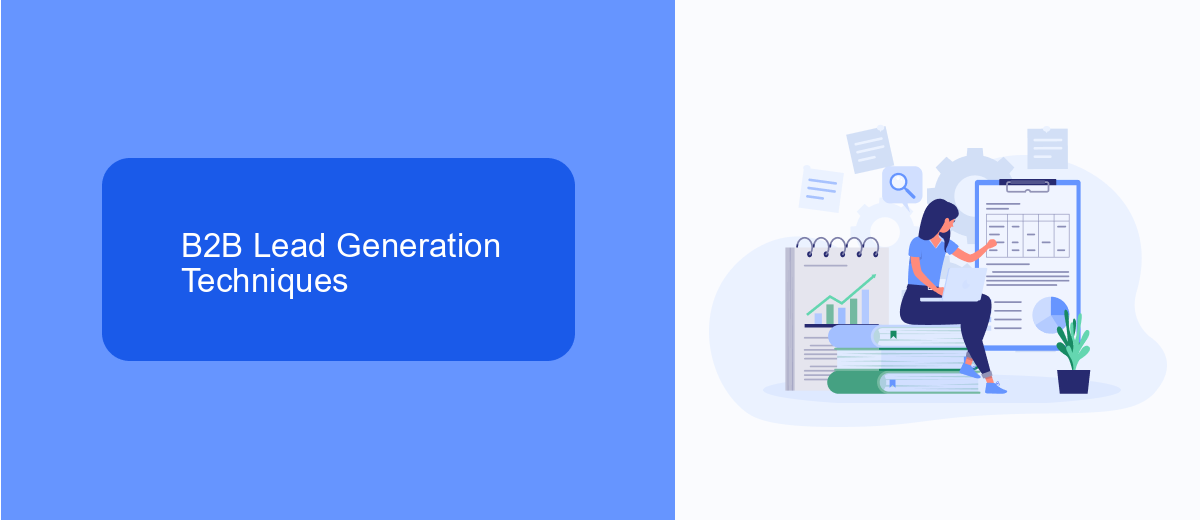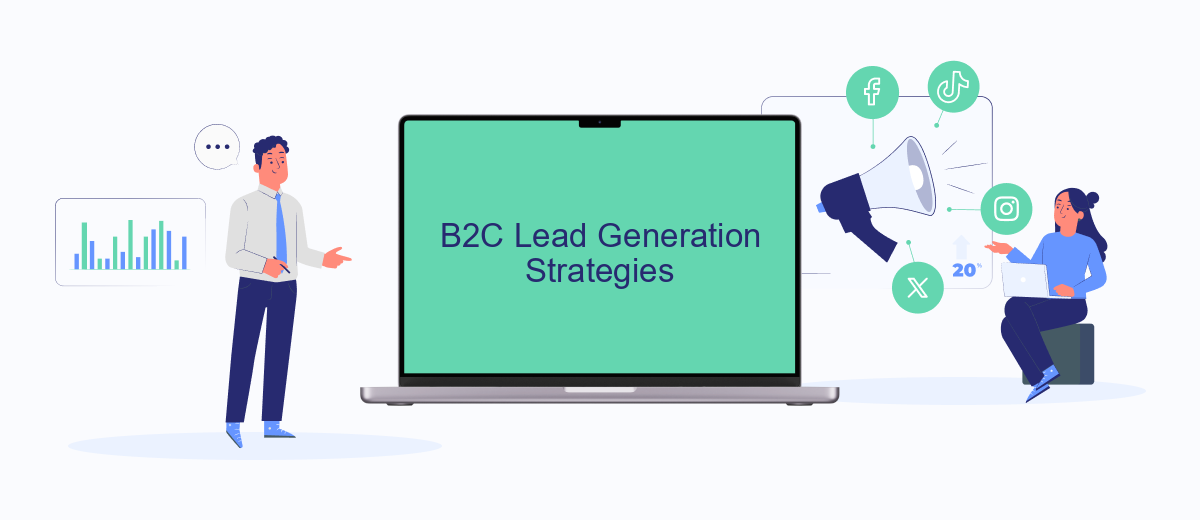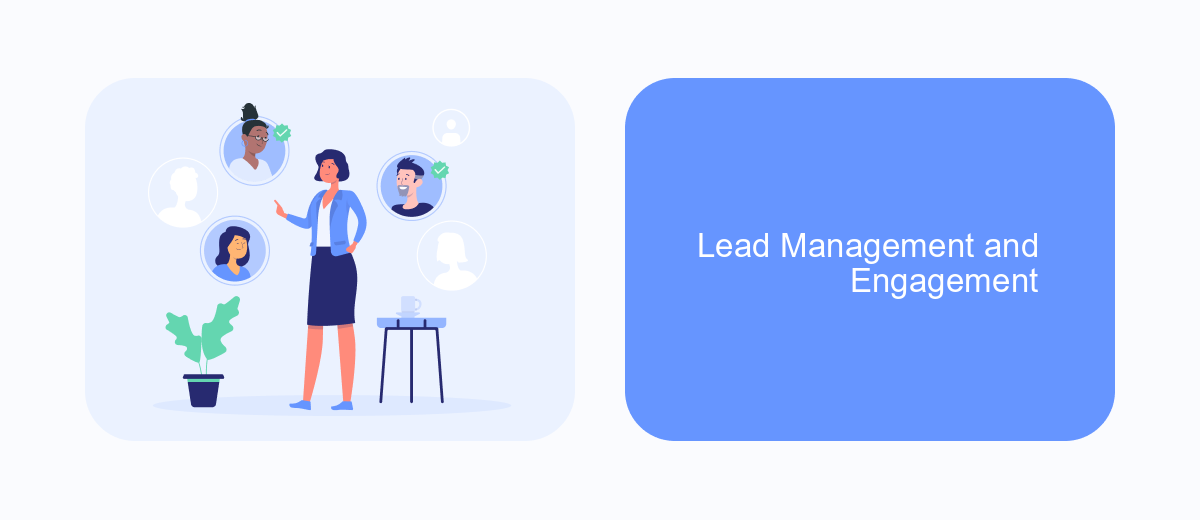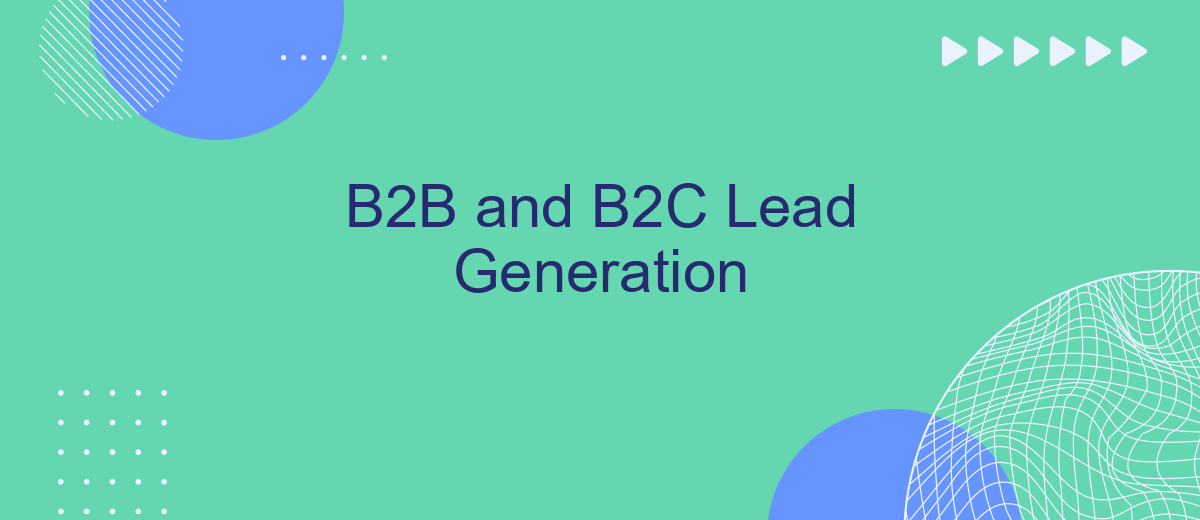Lead generation is a critical component for both B2B and B2C businesses, driving growth and ensuring a steady stream of potential customers. While the fundamental goal remains the same—attracting and converting leads—the strategies and tools employed can differ significantly. This article explores the nuances of B2B and B2C lead generation, offering insights and best practices for each approach.
B2B and B2C Lead Generation Core Concepts
Lead generation is a critical component of both B2B and B2C marketing strategies, aiming to attract and convert potential customers into leads. While the core objective remains the same, the methods and approaches differ significantly between B2B and B2C contexts.
- B2B Lead Generation: Focuses on building long-term relationships and involves strategies like content marketing, email campaigns, and LinkedIn networking.
- B2C Lead Generation: Aims for immediate engagement and often utilizes social media advertising, influencer partnerships, and promotional offers.
Integrating various marketing tools and platforms can streamline lead generation efforts. Services like SaveMyLeads automate the process by connecting different applications and facilitating seamless data transfer, ensuring that leads are captured and nurtured efficiently. By understanding and leveraging these core concepts, businesses can optimize their lead generation strategies to suit their specific market needs.
B2B Lead Generation Techniques

B2B lead generation techniques often involve a multi-faceted approach to identify and capture high-quality leads. One effective method is through content marketing, where businesses create valuable content such as whitepapers, case studies, and webinars to attract potential clients. Utilizing LinkedIn for targeted outreach and networking can also be highly effective, as it allows businesses to connect directly with decision-makers in their industry. Additionally, email marketing campaigns that offer personalized content and solutions can nurture leads through the sales funnel.
Another crucial technique is leveraging technology to streamline lead generation processes. Tools like SaveMyLeads can automate the collection and integration of leads from various sources, ensuring that no potential client is overlooked. This service helps businesses connect their CRM systems with lead generation platforms, facilitating seamless data transfer and saving valuable time. By combining these strategies with a robust follow-up system, businesses can significantly enhance their B2B lead generation efforts.
B2C Lead Generation Strategies

B2C lead generation focuses on attracting individual consumers to your products or services. This process involves various strategies to capture the interest of potential customers and convert them into leads. Here are some effective B2C lead generation strategies:
- Content Marketing: Create engaging and valuable content such as blog posts, videos, and infographics to attract and educate your audience.
- Social Media Campaigns: Utilize platforms like Facebook, Instagram, and Twitter to run targeted ads and engage with your audience through posts and stories.
- Email Marketing: Build an email list and send personalized emails to nurture leads with relevant offers and information.
- SEO Optimization: Optimize your website for search engines to increase organic traffic and visibility.
- Integrations with Lead Management Tools: Use services like SaveMyLeads to automate and streamline the process of capturing and managing leads from various sources.
By implementing these strategies, you can effectively attract and convert B2C leads, driving growth and success for your business. Remember to continually analyze and refine your approaches to stay ahead in the competitive market.
Lead Management and Engagement

Effective lead management and engagement are crucial for converting potential customers into loyal clients. By properly managing leads, businesses can ensure that no opportunity is missed and that each lead is nurtured through the sales funnel. This involves tracking, scoring, and segmenting leads to deliver personalized communication and offers.
Engaging with leads requires timely and relevant interactions across various touchpoints. Utilizing automation tools and CRM systems can streamline this process, making it easier to manage large volumes of leads and maintain consistent communication. Integrating these tools with existing marketing and sales platforms is essential for a seamless workflow.
- Track and score leads to prioritize follow-ups
- Segment leads based on behavior and demographics
- Use automation tools for personalized communication
- Integrate CRM systems with marketing platforms
Services like SaveMyLeads can simplify the integration process, automatically connecting your lead generation sources with CRM and marketing tools. This ensures that your team can focus on engaging with leads rather than managing data transfers, ultimately enhancing the efficiency and effectiveness of your lead management strategy.
Optimization and Analytics
Optimization and analytics are critical components of effective lead generation strategies for both B2B and B2C markets. By continuously monitoring and analyzing key performance indicators (KPIs) such as conversion rates, cost per lead, and customer acquisition costs, businesses can identify areas for improvement and make data-driven decisions. Utilizing tools like Google Analytics, businesses can gain insights into user behavior, campaign performance, and traffic sources, enabling them to fine-tune their marketing efforts and maximize ROI.
Integrating various marketing and sales platforms can further enhance optimization and analytics efforts. Services like SaveMyLeads streamline the process by automating data transfers between different tools, ensuring that all relevant information is accessible in one place. This integration not only saves time but also reduces the risk of data discrepancies, allowing for more accurate analysis and reporting. By leveraging these technologies, businesses can create more effective lead generation campaigns, ultimately driving better results and growth.
FAQ
What is the difference between B2B and B2C lead generation?
How can I automate my lead generation process?
What are some effective B2B lead generation strategies?
How do I measure the success of my lead generation efforts?
Why is lead nurturing important in B2B lead generation?
You probably know that the speed of leads processing directly affects the conversion and customer loyalty. Do you want to receive real-time information about new orders from Facebook and Instagram in order to respond to them as quickly as possible? Use the SaveMyLeads online connector. Link your Facebook advertising account to the messenger so that employees receive notifications about new leads. Create an integration with the SMS service so that a welcome message is sent to each new customer. Adding leads to a CRM system, contacts to mailing lists, tasks to project management programs – all this and much more can be automated using SaveMyLeads. Set up integrations, get rid of routine operations and focus on the really important tasks.
